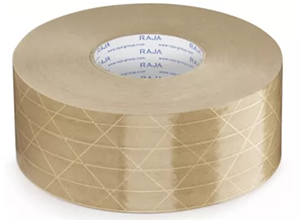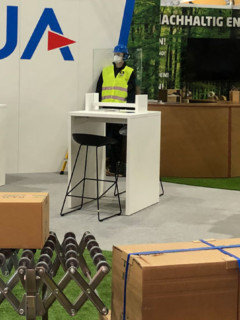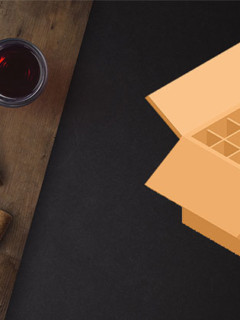Order processing is an important point in warehouse logistics. Order preparation in particular is an important step in delivering to your customers on time. Two principles apply here: Do it fast, but above all: do it right!
We summarise how processes can be better organised and how mistakes can be avoided.
What is order picking?
Order preparation consists of picking the ordered items in the warehouse and packing them together into a delivery before they are then delivered to the customer. This process is also called Picking.
Regardless of which method is used, order picking follows the following steps in the order given:
1. picking
The phase of collecting individual items from their storage locations. A distinction is made between different picking methods
2. sorting
A phase that requires the utmost care! It is necessary to identify and collect the individual items that correspond to each individual order.
3. packing
Once the products are collected and sorted by order, they are packed for shipping
The essential information for the order processor
Order processors are “only” human, too. In order to avoid mistakes in the preparation, he or she must be provided with the right information. The better the information, the greater the time savings, productivity and accuracy. And here they are, the most important information needed before the products are picked up:
- The picking address (the exact warehouse coordinates) where the product is to be found.
- The number of products to pick and the number of references. Attention: The number of products is not necessarily identical with the number of references! A reference may well be ordered several times per order!
- The indication of the collection areas where the collected products can be placed
This data enables the order handler to optimise the picking tour in the order in which items are picked – avoiding detours and unnecessary, duplicate trips.
Note: Nowadays, the information needed to prepare an order is transmitted to the preparers via paper documents or electronic terminals (portable or built into the picking trolley).
Improvement possibilities for order processing
To optimise your order preparations, achieve a minimum error rate and thus higher customer satisfaction, you can improve these areas in order processing.
Incorrect or missing information therefore leads to slower productivity, which has a detrimental effect on the supply chain. To reduce picking times, you can:
- Decide on a ranking of references according to the ABC system, in which the most frequently ordered quantities are stored in the most accessible and nearest locations. After all, often 80% of turnover corresponds to 20% of references.
- Give sufficient weight to planning and preparation: careful preparation takes time, but this is amortised by the fact that the picker does not have to cover unnecessary distances
Orders that are incomplete because one or even several products are missing cannot be shipped. So the entire delivery falls behind in timing. To avoid this, should:
- The movement of goods is tracked via a central computerised inventory management system and
- an automatic warning system is set up to sound the alarm in the event of critical stock levels so that timely action can be taken
With an on-board computer terminal, item barcodes need to be scanned to ensure that you are in front of the correct location and product reference. This system has two immense advantages: The error rate decreases and the status of stocks in the picking area can be tracked in real time.
It should be avoided to store products on shelves at a height of 2 m! Such difficult access costs the picker a lot of time - and also causes him to take unnecessary risks (falling objects, etc.). Only in large warehouses equipped with the appropriate devices (electric pallet trucks) does this not matter. In the same way, products that are in frequent demand should not be stored too low on the shelves. They are then difficult to access.
Implementation of an intelligent storage system
Optimised storage of stock thus ensures safety and ergonomically pleasant (and thus: fast!) movement of employees.
Here are some tips for stock storage:
- organise the warehouse logically: avoid placing heavy objects high up to limit the risks associated with handling, and do not disturb the correct balance of shelves.
- arrange the aisles so that they are wide enough to pass (or drive) and/or cross each other if necessary. Delays due to “traffic jams” and accidents due to risky manoeuvres are thus avoided.
- organise the racks according to the type of products, their weight, etc. More on the subject Storage methods and an overview of the different types of racking and what they are each suitable for can be found on our blog.
A question of organisation
So optimising your order preparation process is just a matter of organisation and logic. Preparing detailed orders for handlers, prescribing the correct pick routes and stowing your products so that they are quickly and easily accessible will increase productivity and daily dispatch rates.


















